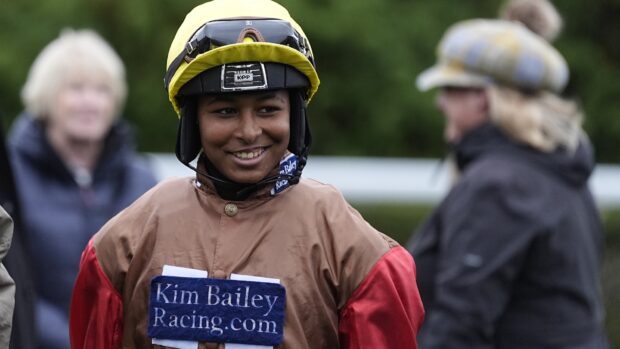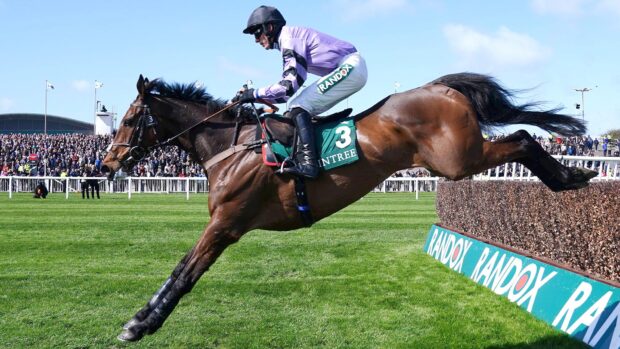Expert advice on getting started in point-to-pointing
Point-to-pointing a young horse is a challenge, but inexperienced owners and trainers would be well advised to learn the pitfalls with a more experienced campaigner.
Pointing is often used to educate young horses that have a future in professional steeplechases. A talented five, six or seven-year-old could worth anything up to £50,000, while a talented 12-year-old will be far cheaper.
Horses can race in point-to-points from the age of five, but a youngster which has won a race “under rules” on the flat or over hurdles will only be eligible for open races or hunter chases.
You can check a horse’sracing record by contacting Weatherbys before you buy it (tel: 01933 440077).
Preparation
To qualify for point-to-pointing, a horse must hunt at least seven times. Taking a youngster hunting will often show if it has a pointing future, or is a maniac which would be lethal on the racecourse.
If a youngster is sensible, there is no reason why they should not go hunting more than seven times as it can help establish a level of fitness and jumping acumen.
Howmuch schooling?
There are no rules governing the amount of schooling a horse must have before making its pointing debut and, while some young horses will forget their lessons in the excitement of being on a racecourse, some schooling must be undertaken prior to a first race.
Schooling should involve jumping birch fences of the design used at the races – piling up bracken or fallen branches is not suitable.
You need at least two, but preferably three, fences in a line, wide enough for horses to jump alongside each other. They need not be as big as racecourse fences, but it helps if they are well built.
It is generally cheaper to hire facilities with suitable fences – if that person has a horse who can jump in front or alongside, creating a semi-racing situation, so much the better.
Once a horse has raced, he generally does not need to school again that season, unless he has fallen, or there is a lengthy gap between races.
Assessing fitness
Assuming early preparations have gone smoothly (roadwork, cantering and hunting) you need to canter your horse daily and do faster work twice a week, for at least six weeks prior to raceday.
Gauging whether ayoung horse is fit enough to race is difficult – too much work and you can send a horse “over the top”, too little work means they will get tired in a race, increasing the risk of falling or incurring an injury.
Definitions of races
Point-to-pointing has a scale of races which young horses can go through, taking on stiffer competition as they improve. Whichever race you choose, an experienced rider for the horse’s first race is important.
- Maiden: for horses, aged five and over, who have never won
- Restricted: for horses a) which have never won b) won only a maiden or hunt race
- Intermediate: for horses a) which have never won, b) maiden, restricted, hunt race and bumper winners, c) winners of one other intermediate
- Open: for any qualified horse
- Confined: for any qualified horse from a confined (local) area
- Hunter Chase: a point-to-point run under Rules ata racecourse (rather than point-to-point course), with fewer restrictions on prize-money, and individual conditions for each race – must have won an open race, must not have won a hunter chase.


